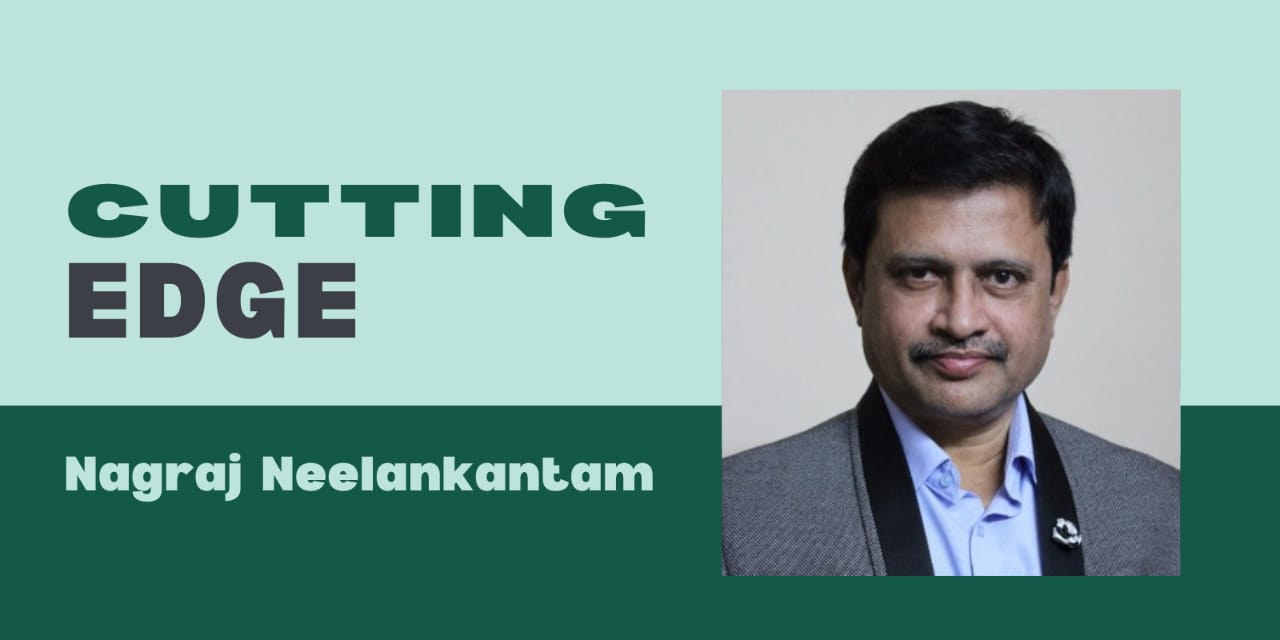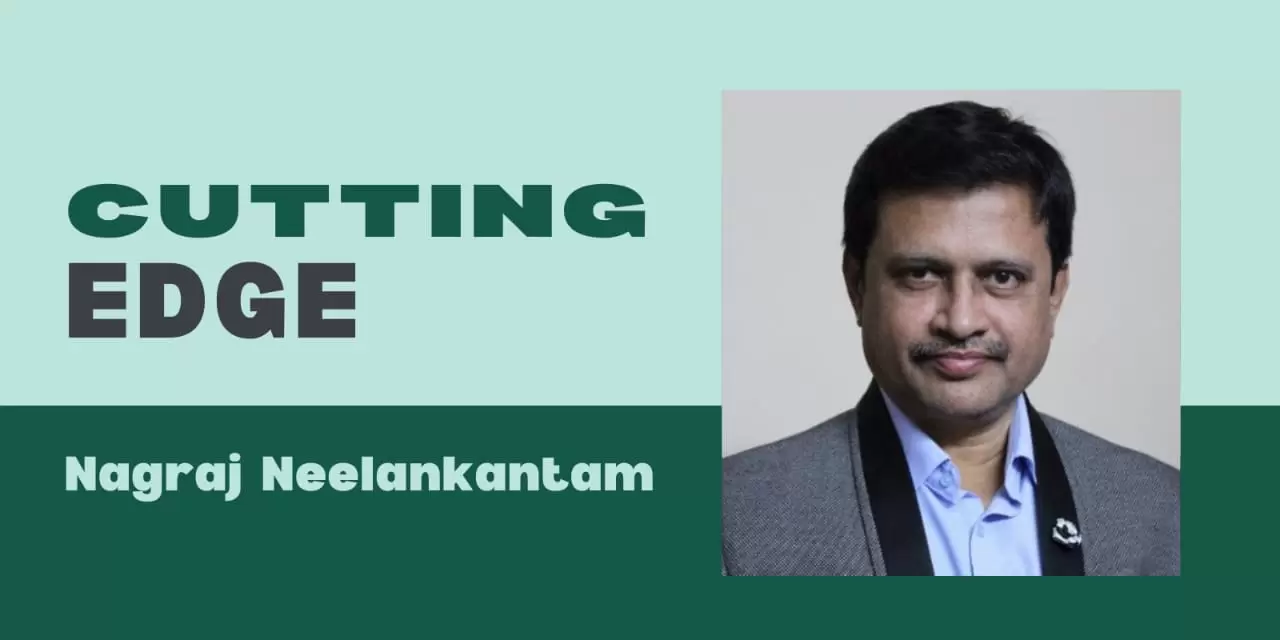The death of Mahatma Gandhi remains one of the most defining moments in modern Indian history. While the world reveres him as the apostle of peace, the reality of his assassination has long been entangled in layers of political interpretation, personal bias, and historical distortion. Seventy-five years later, a new wave of scholarship—most notably the work of Dr. Manish Kumar—seeks to peel back these layers and re-examine the event through the lens of authenticity, objectivity, and humanity.
For decades, Gandhi’s assassination has been narrated through selective political and intellectual interpretations. These narratives, often framed to suit vested interests, have obscured the complexities surrounding his final days. Both admirers and critics alike have inherited partial truths. Dr. Kumar’s approach is refreshing because it leans heavily on primary sources—firsthand accounts, archival documents, and contemporaneous writings—anchoring the story in fact rather than speculation.
One of the most striking insights from this re-examination is Gandhi’s silence during the crucial moments leading to Partition. Though he consistently voiced disapproval of Pakistan, his refusal to protest, fast, or resist at decisive junctures created an air of ambiguity. Mountbatten himself noted Gandhi’s silence on the day of Partition, interpreting it as tacit acceptance. Devdas Gandhi, troubled by his father’s inaction, pressed Mountbatten on the matter, fearing an impending hunger strike. This silence was not without consequence—it shaped the political climate, influenced leaders’ decisions, and, as B.P. Manon observed, ultimately cemented the division of India and Pakistan.

The partition tested the resolve of all Indian leaders, Gandhi included. His inability to intervene decisively left many disappointed. Newspapers of the time and his own speeches reveal a man increasingly unheard, even by those closest to him in the Congress. Nehru later admitted that by the time Partition was announced, exhaustion and a sense of defeat had engulfed the leadership. Gandhi himself began to question the balance between public approval and the inner voice of conscience that had guided him throughout his life.
As independence gave way to communal violence, Gandhi’s popularity waned. From August 1947 until his death in January 1948, his policies were increasingly seen as divisive. His steadfast commitment to Muslim refugees and his perceived favouritism towards minorities became lightning rods for criticism. Crowds in Kolkata once nearly lynched him—a moment Gandhi later remarked could have ended his life had a single blow landed. Public anger, particularly in North India, reached such intensity that some leaders even referred to him as a curse upon the nation.
Gandhi’s relationship with Sardar Patel reflected the larger fractures within the Congress. Patel, deeply pragmatic, had long respected Gandhi’s guidance, but as Gandhi pushed for greater accommodation of Muslims, Patel’s patience waned. Nehru’s growing dominance further complicated matters. Gandhi’s fasting, once his most potent form of moral persuasion, came to be seen by Patel as undermining his authority. Attempts to reconcile the two leaders proved fruitless, leaving Gandhi increasingly isolated within his own movement.

The anger against Gandhi did not remain abstract. Nathuram Godse, already aligned with the Hindu Mahasabha and embittered by Gandhi’s ideology, channelled years of resentment into action. His decision to kill Gandhi was neither impulsive nor sudden but the culmination of long-held opposition expressed through editorials and speeches. Yet, the assassination was not the result of one man’s will alone. Narayan Apte, a close associate, played a leading role in organising the conspiracy, while earlier plots had even contemplated assassinating Jinnah. These plans, combined with lax government security and police negligence, created the conditions that left Gandhi vulnerable.
The failed attempt of January 20, 1948—when Madanlal Pahwa set off a bomb—should have served as a warning. Instead, security lapses persisted. Pahwa’s capture exposed the conspiracy, but the revelations were not pursued with urgency. Hotels run by Apte revealed networks linking the conspirators, yet police investigations overlooked critical evidence, including documents connecting Godse to the Hindu Mahasabha. Witnesses later testified to suspicious interactions, including a woman close to Gandhi allegedly providing information to the conspirators. Allegations of police coercion and false testimonies—such as attempts to implicate actor Prithviraj Kapoor—further clouded the investigation.
In his last days, Gandhi appeared weary and disillusioned. Friends such as Maulana Azad noticed his declining spirit, while even close associates questioned his continued presence in the political arena. Letters full of hatred and abuse poured in, contrasting sharply with his global image as the Mahatma. Yet, Gandhi persisted, guided by his belief in non-violence, even as public anger mounted against him. On 30 January 1948, these tensions reached their tragic climax when Nathuram Godse fired the bullets that ended his life.
Dr. Kumar’s work goes beyond retelling the story; it questions the way history has been written in India. Too often, history has been shaped by pre-set narratives rather than objective facts. By grounding his research in archival evidence, he not only illuminates the events surrounding Gandhi’s assassination but also challenges us to reflect on how stories of the past are constructed and remembered. The book has already been recognised among the top Hindi works of recent years, marking its importance in reshaping historical discourse.
The assassination of Gandhi cannot be reduced to the act of a single man. It was the product of political fatigue, ideological rifts, administrative negligence, and public disillusionment. Dr. Manish Kumar’s exploration of this episode reminds us that history is not static but constantly evolving as new evidence comes to light. To truly understand Gandhi’s death, one must move beyond simplified narratives and confront the complexities of his life, his politics, and the turbulent times in which he lived. In doing so, the reader encounters not only Gandhi the man but also the fragile nation he sought to heal.






